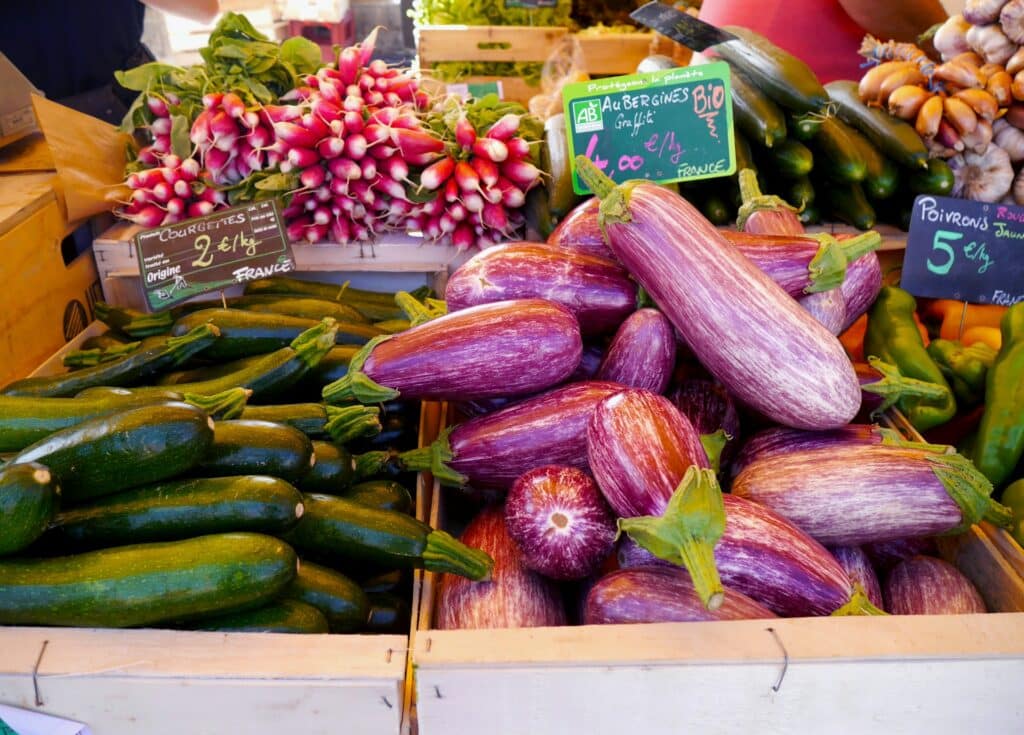Avignon is a historical city, known for being the location where the Popes fled to when they left Rome in the fourteenth century. The city is brimming with historical landmarks and monuments, along with excellent squares, art museums, and of course, gourmet culinary delights.
At Cooking Classes in Provence, we have put together of the most famous monuments in Avignon you don’t want to miss on your next vacation.
Place des Corps Saints
Pierre de Luxembourg, the cardinal, expressed his desire to be buried with the paupers in their cemetery, which as known as Saint-Michel. Charles VI who was related to the Luxembourg family, chose to build a church in 1389, which housed the relics of the foamer cardinal.
This attracted crowds of pilgrims who came to see the relics and the area became known as the “Place of the Holy Body.” The relics of Saint Benezet were removed from the chapel in 1674 and were transferred to the Church of Celestins, causing a name change of the area to Place des Corps-Saints.
Ramparts
The ramparts have been ranked as a UNESCO World Heritage Site, circulating around the old city, spanning over four kilometres. They were started in 1355, designed to protect the city from bands of mercenaries. The wall was completed in 1370. The entrance to Avignon Bridge provides access to the ramparts, along with the Rocher des Doms Gardens with spectacular views of the Rhone River.
Teinturiers Water Wheels
The Rue des Teinturiers has been ranked since the early 1930s. It falls into the category of natural monument. In 1817 there were twenty three water wheels in use that provided power to the printed fabric industry. Today, four wheels remain.
Saint Pierre Church
This architectural masterpiece dates back to the seventh century and was the foundation for the collegiate church in the mid 1300s. There was construction of a cannons building, along with bell tower. In the fifteenth century, side chapels were added. This beautiful church includes spectacular Renaissance architecture with sculpted wood works inside.
Notre-Dame des Doms Metropolitan Basilica
This historical basilica was build in the twelfth century, and renovated in the fifteenth and seventeenth centuries. It overlooks the Rhone Valley with the bell tower crowned by a gilded statue of the Blessed Mary. The first mention of this basilica was in 1037. Though the current metropolitan basilica was build in the twenty century in three phases. It boasts mural and framed paintings, along with a chapel that is home of the tomb of Pope John XXII.
Pont Saint Benezet – Avignon Bridge
Avignon bridge has witnessed Avignons rich history. Built in the twelfth century, it was washed away in the floods of Rhone. And abandoned in the seventeenth century. Today it is a UNESCO World Heritage Site.
Legend states the bridge was built by a young shepherd who heard voices telling him to build a bridge in Avignon. The bridge, completed in 1185, was the only crossing between Lyon and the Mediterranean Sea, across the Rhone River. Originally the bridge spanned nine hundred metres with twenty-two arches. After being dismantled in 1226, it was rebuilt, only to be washed away by flood waters, eventually being abandoned in the seventeenth century. Today, only four arches remain, along with a chapel, dedicated to Saint Nicholas.
Conclusion
Avignon is a beautiful city, rich in history and local culture, overflowing with exciting monuments to explore. At Cooking Classes in Provence, we provide private in-home cooking classes you can enjoy when staying in Avignon. If you want a break from exploring the rich history of the area, get in touch with us to arrange your private cooking class, enabling you to take a piece of this rich history home with you.






